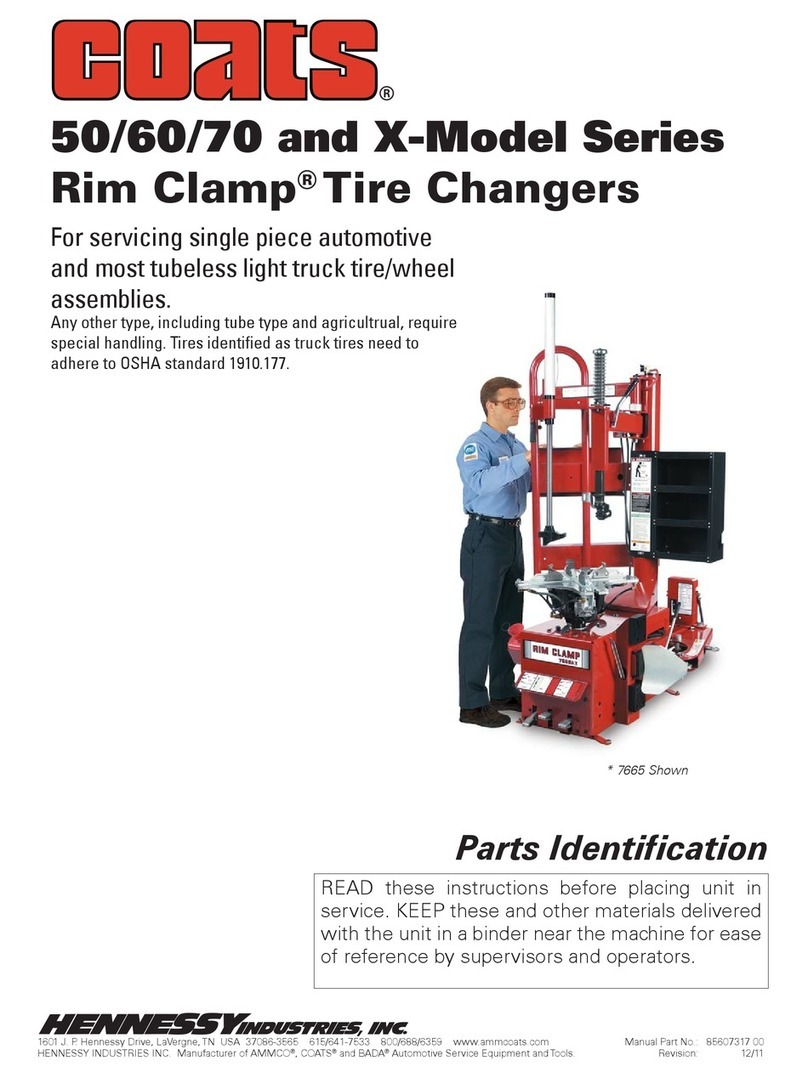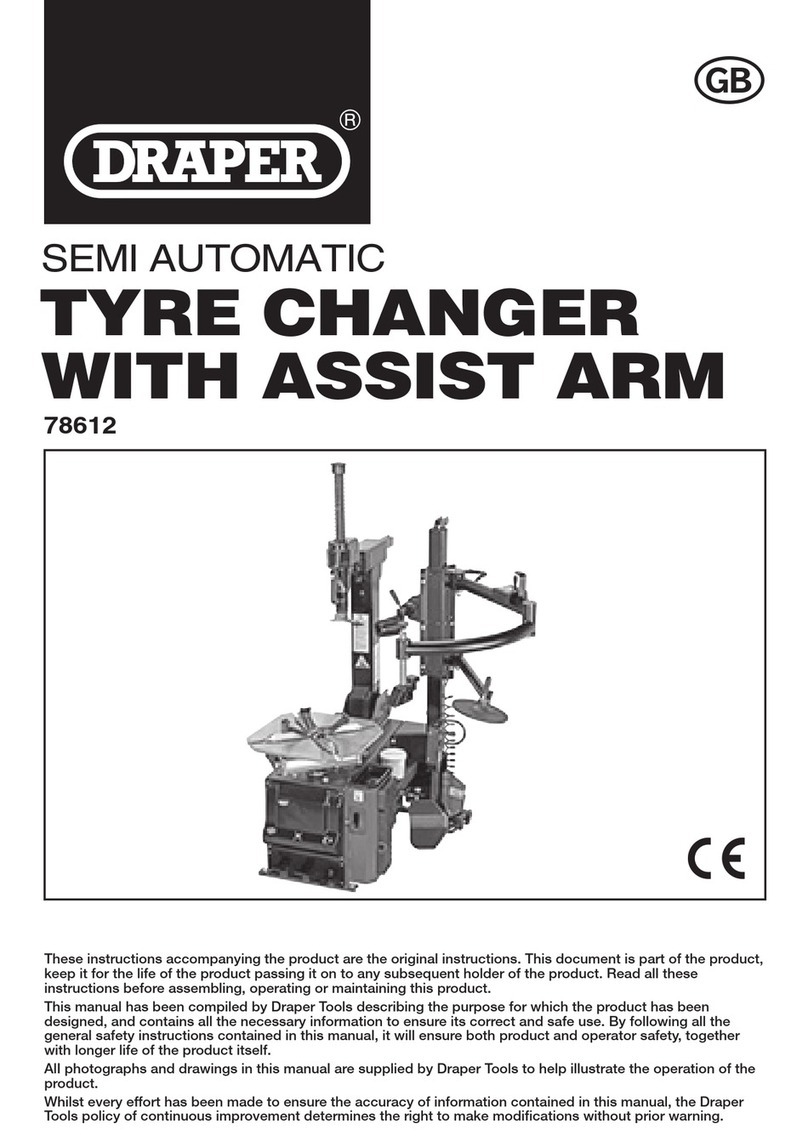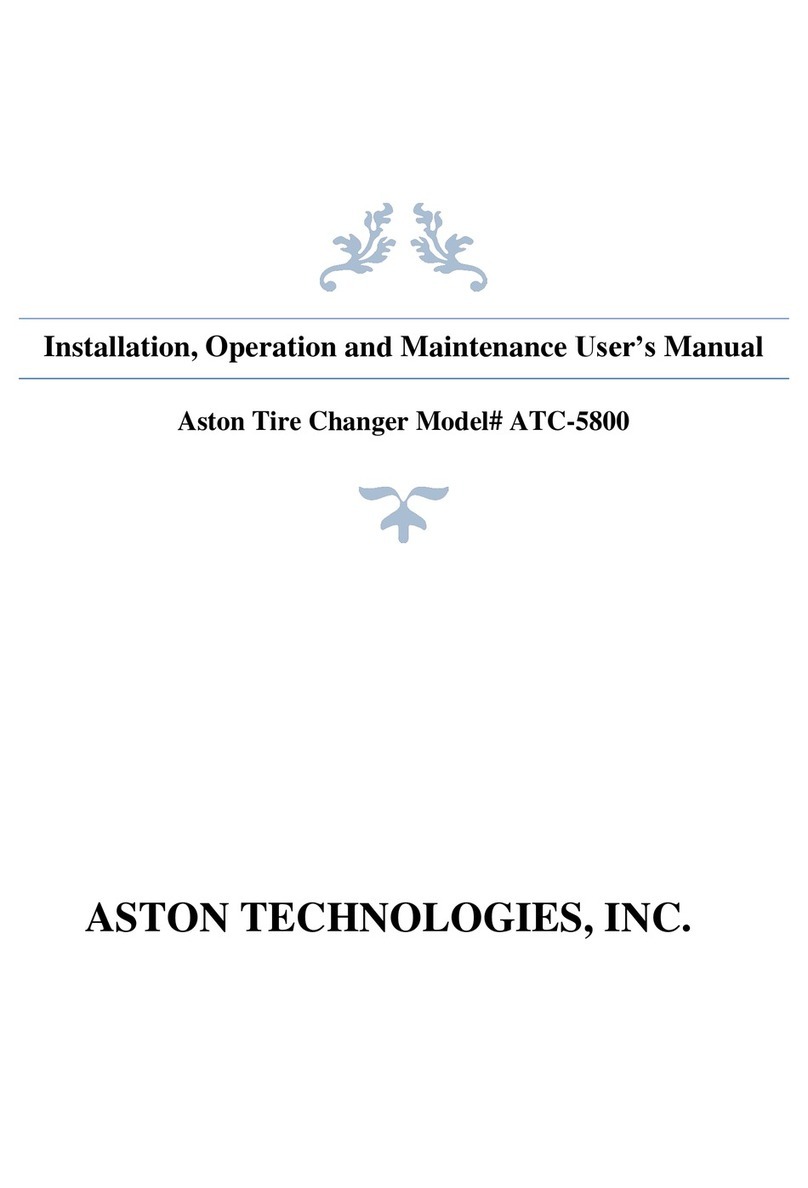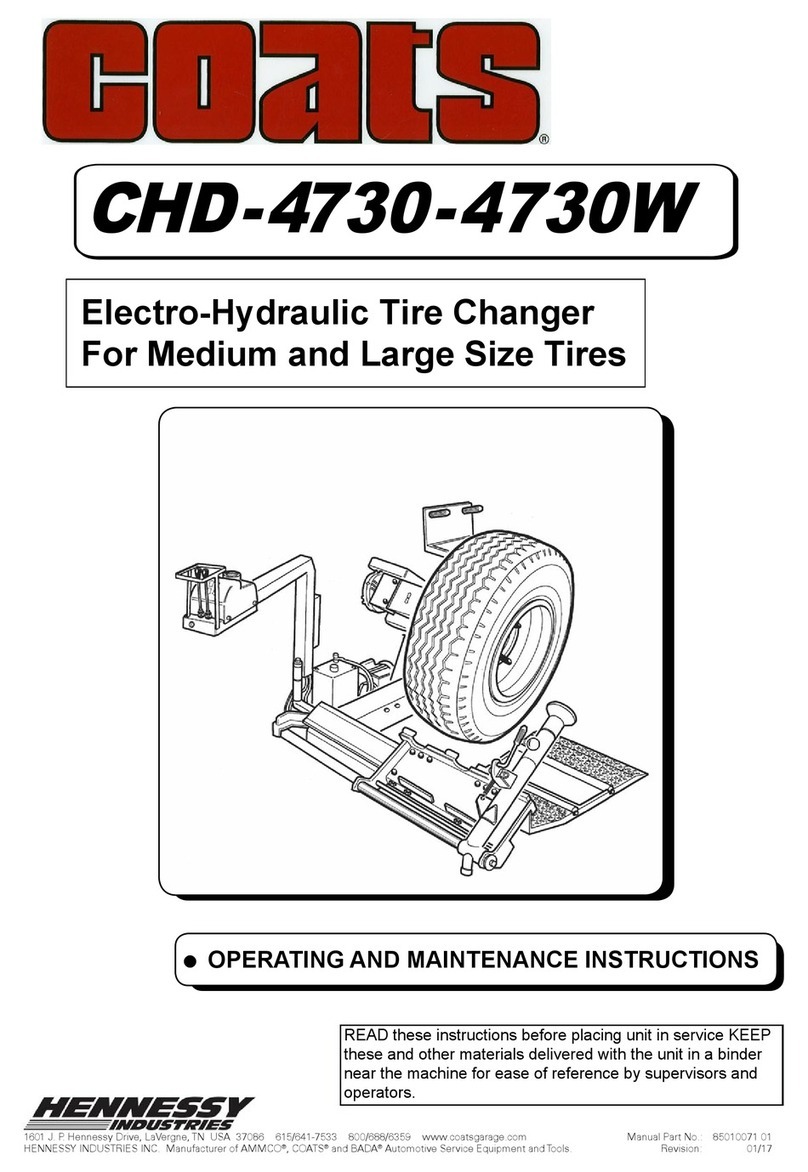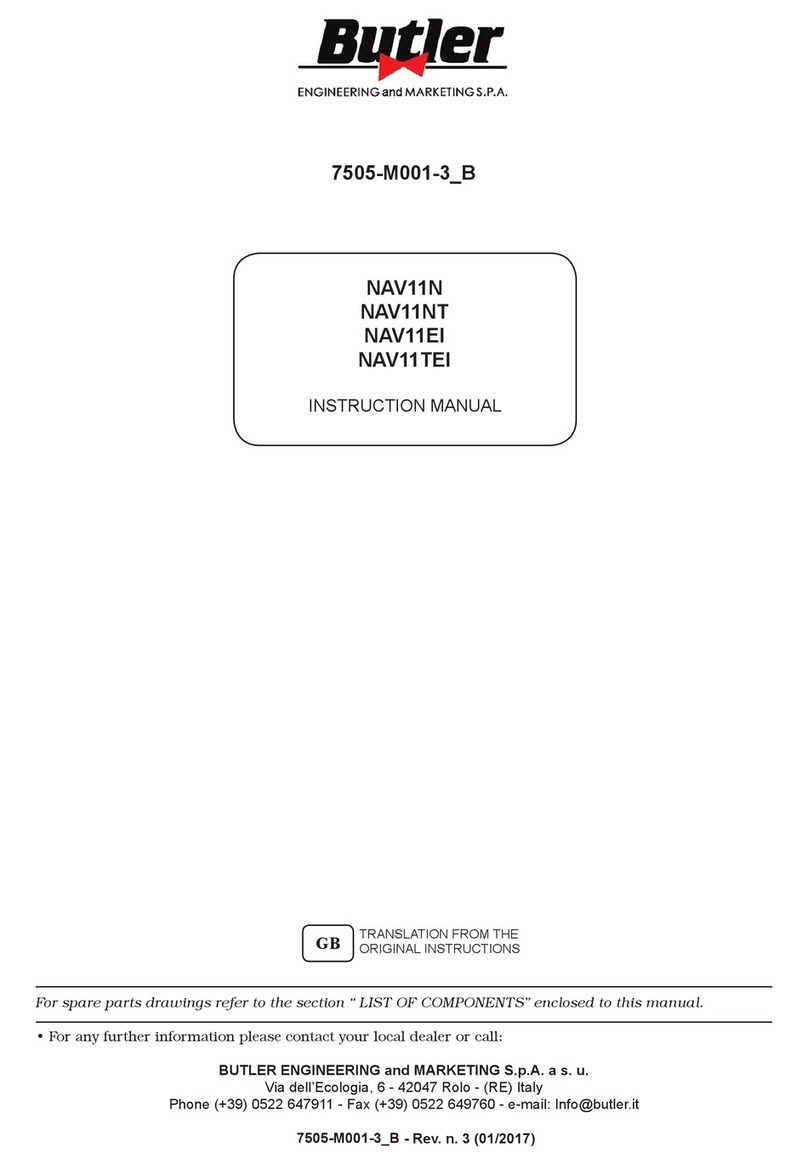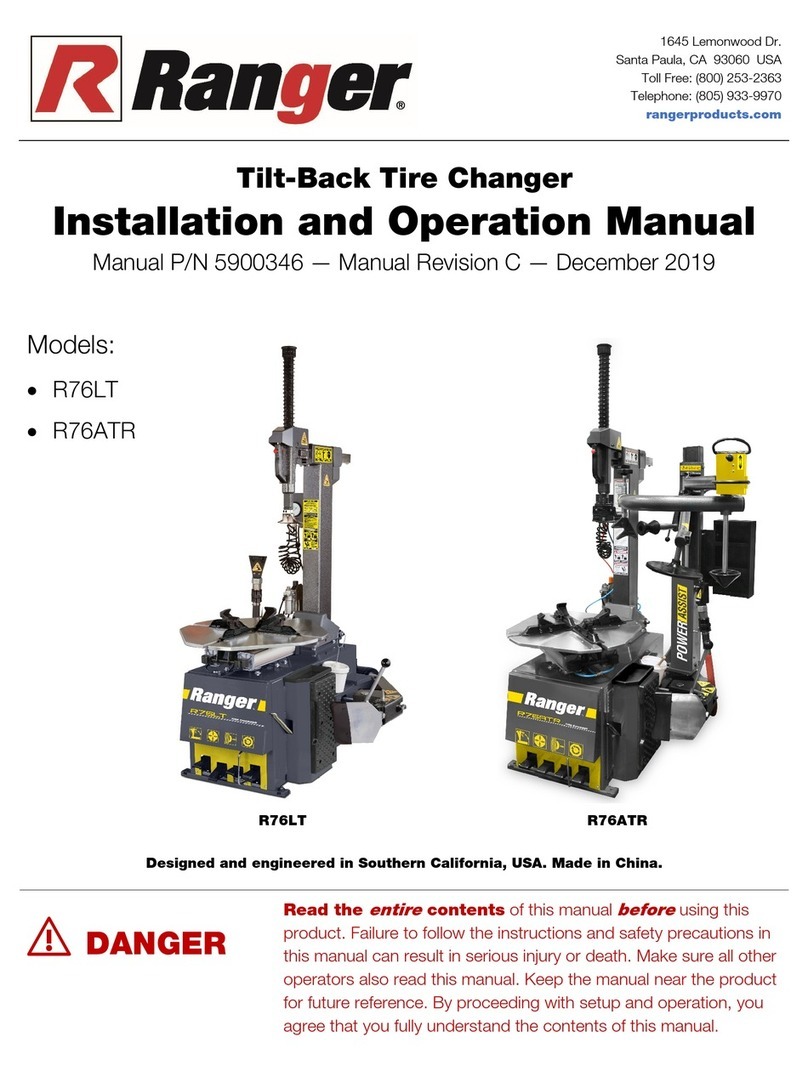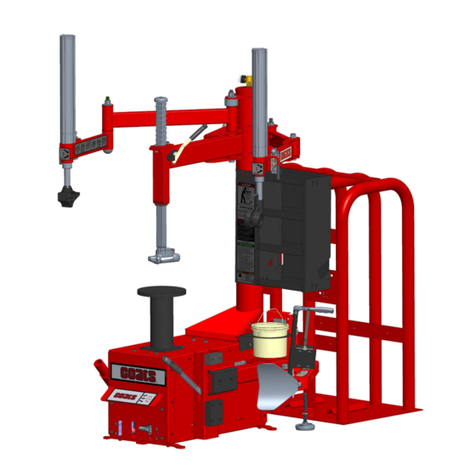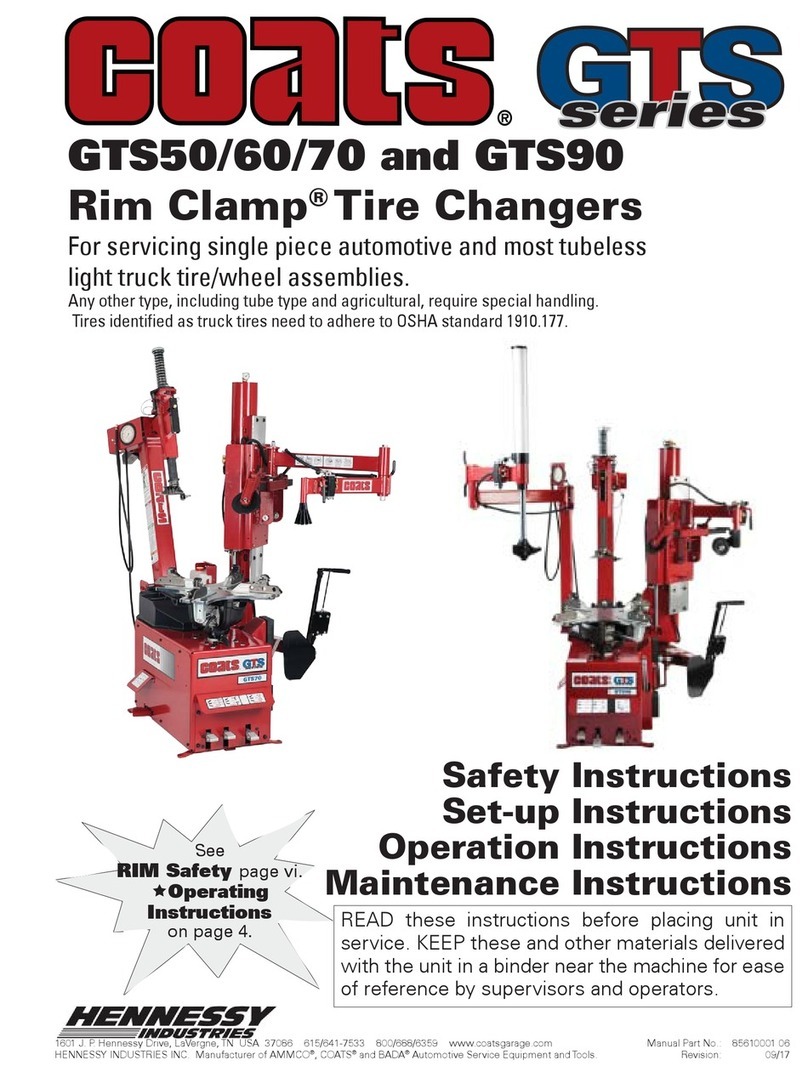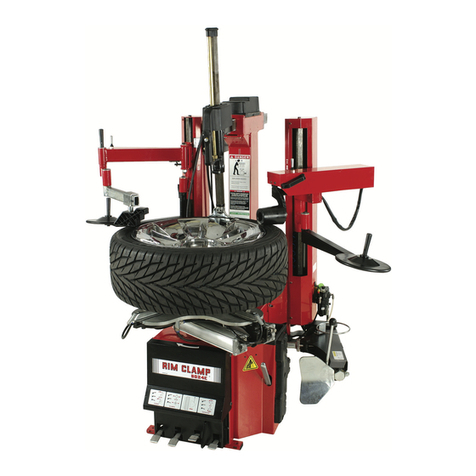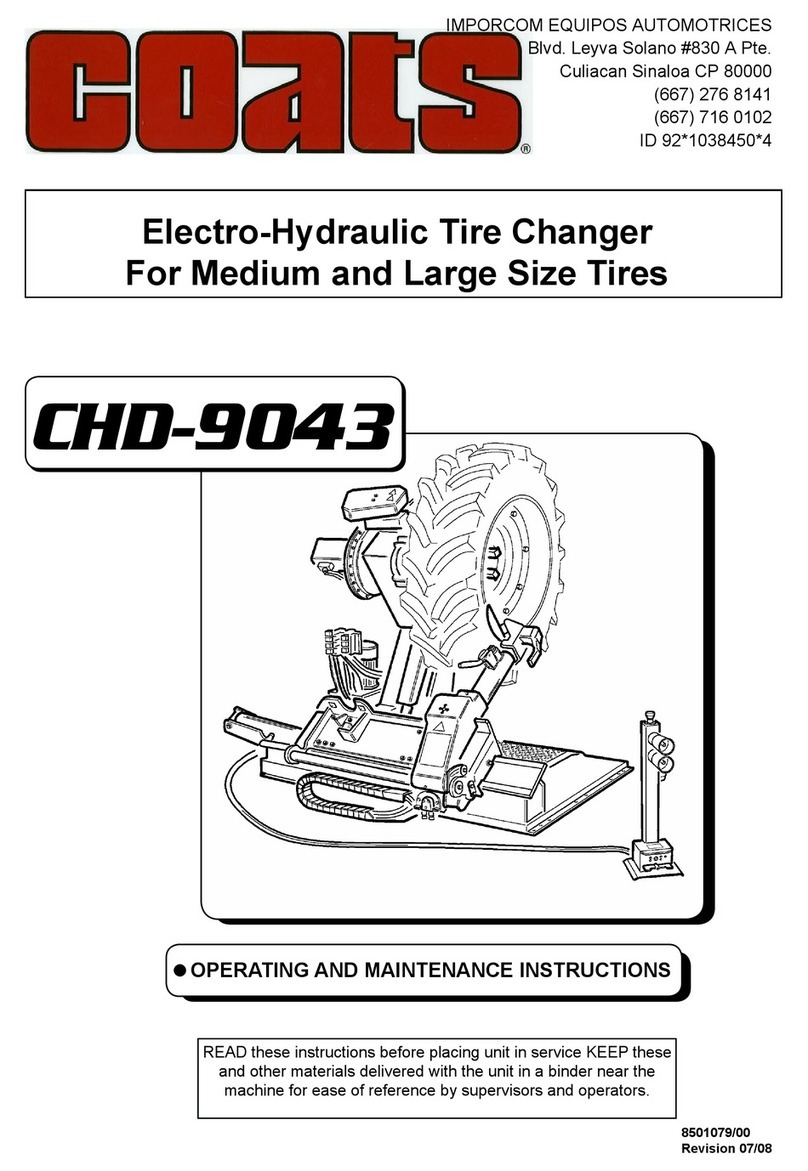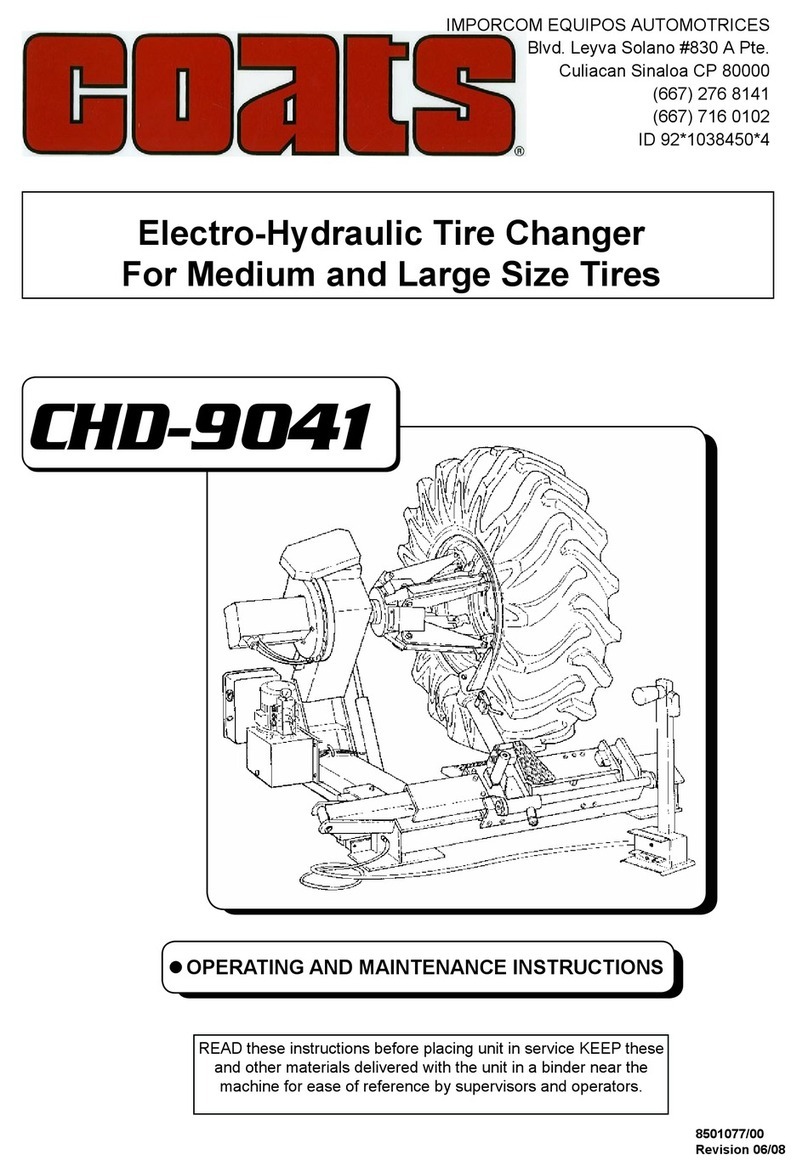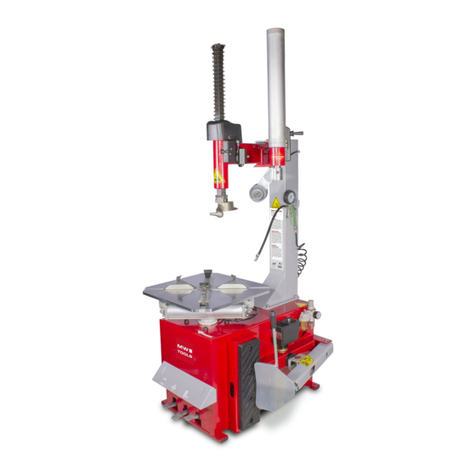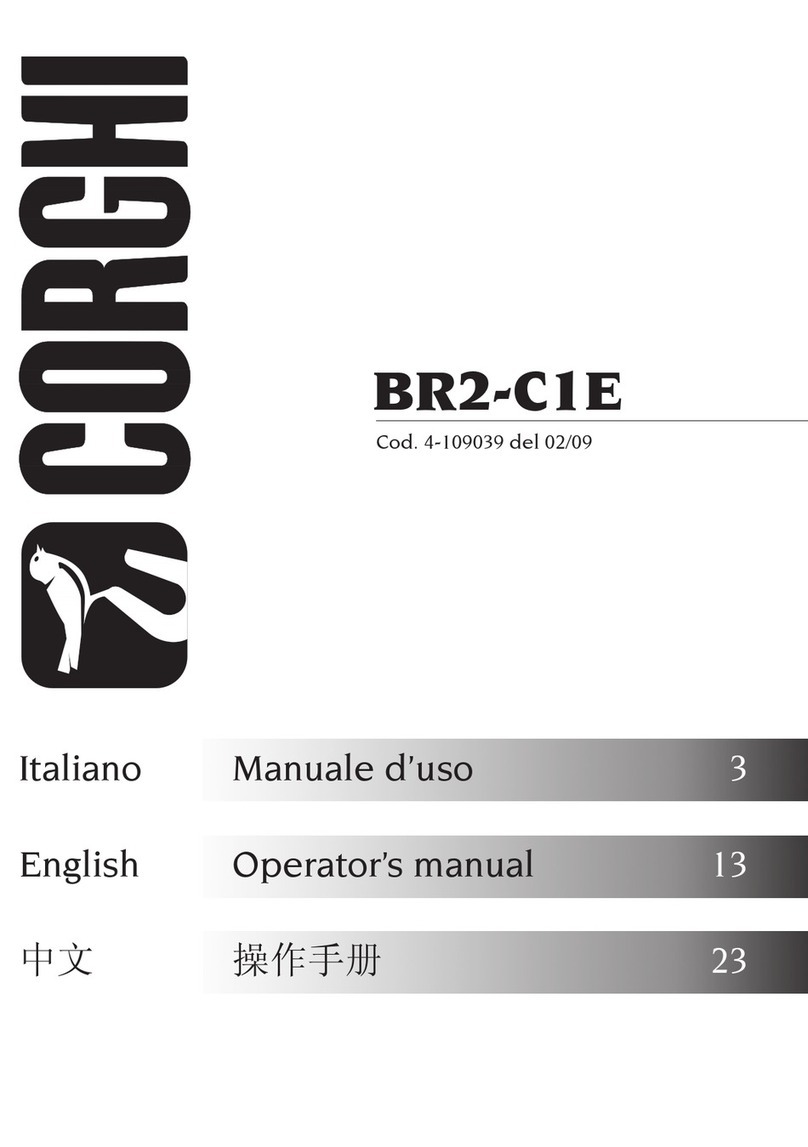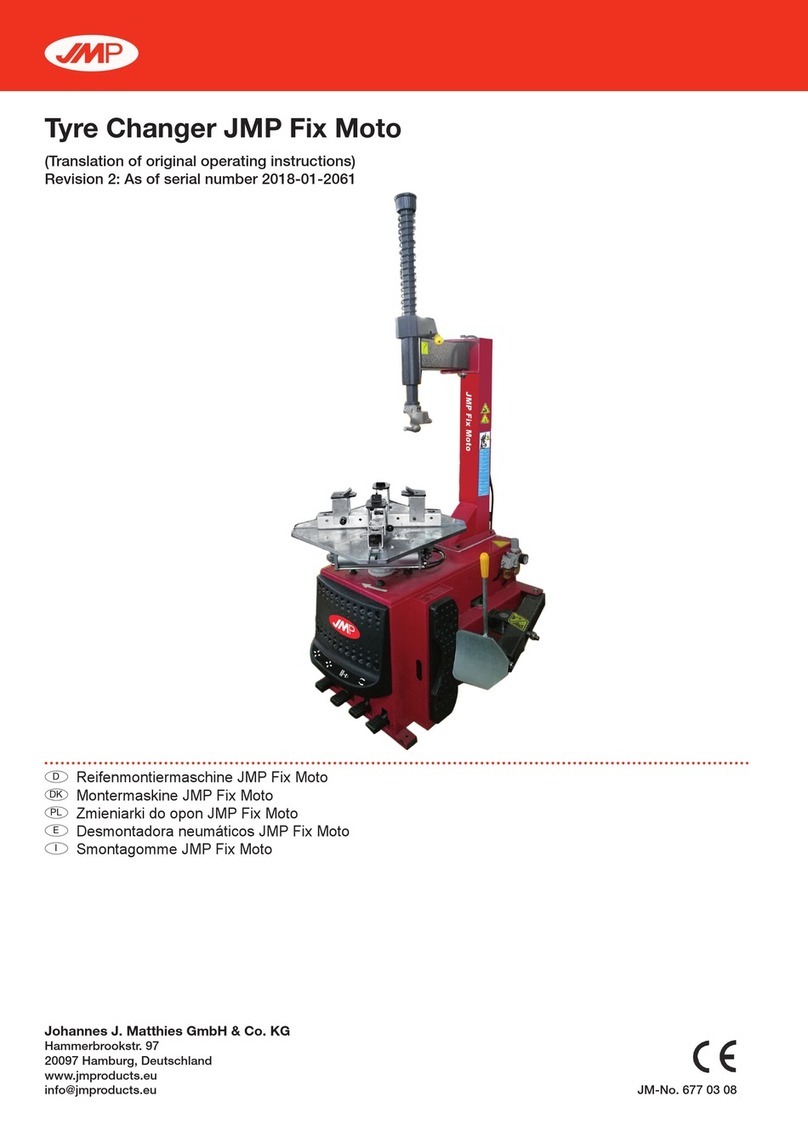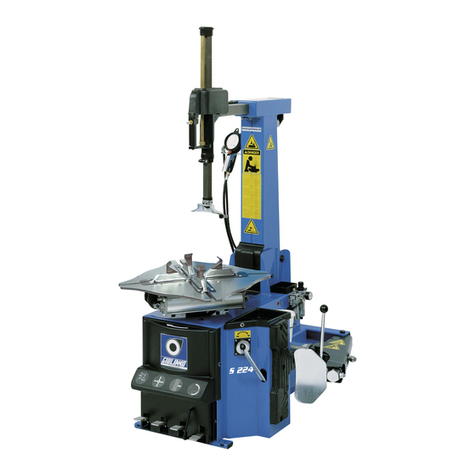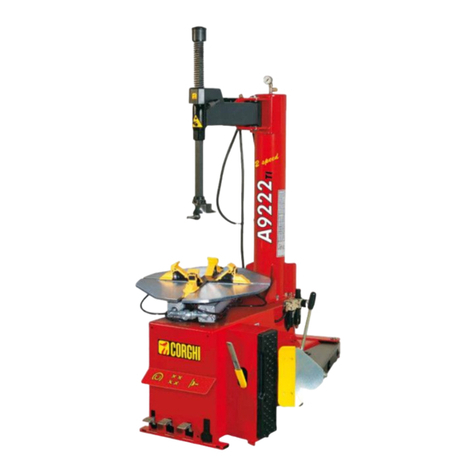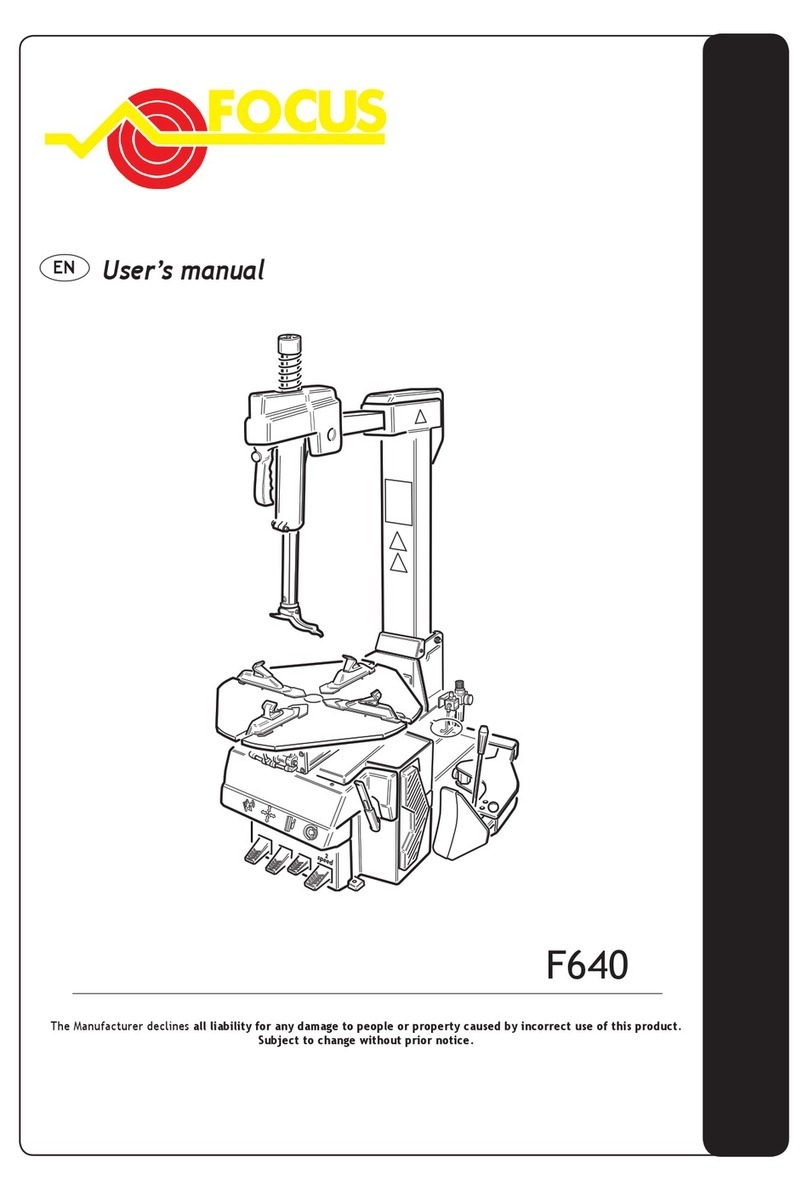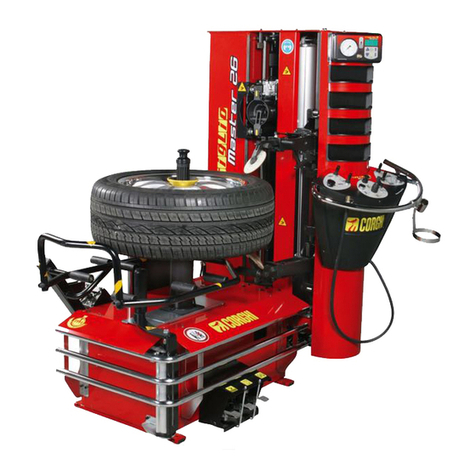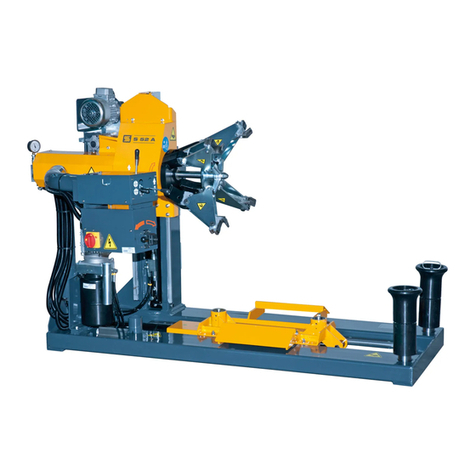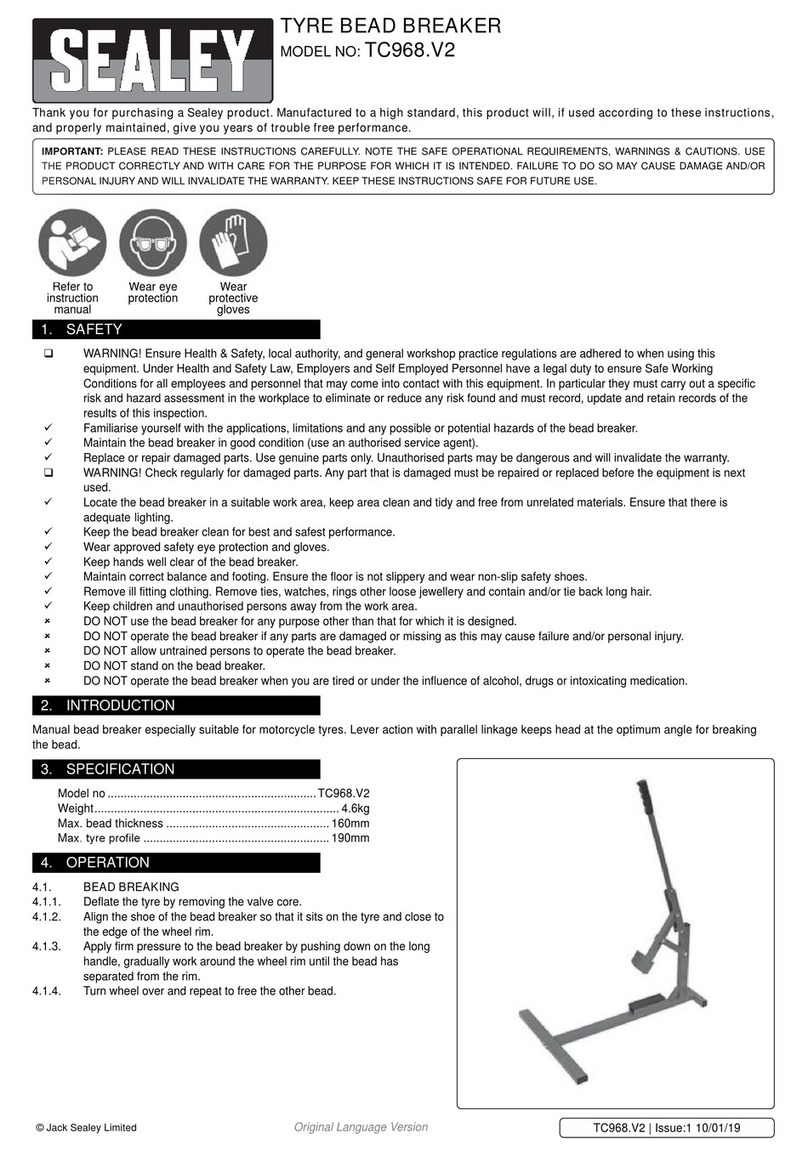
2
INDEX
1 - INTRODUCTION...............................................................................................................................................................3
1.1 - Technical data............................................................................................................................................3
2 - DESCRIPTION OF THE MACHINE....................................................................................................................................4
3 - GENERAL ........................................................................................................................................................................5
3.1 - General safety rules...................................................................................................................................5
4 - TRANSPORT.....................................................................................................................................................................6
5 - UNPACKING...................................................................................................................................................................6
6 - INSTALLATION ................................................................................................................................................................7
6.1 Installation site....................................................................................................................................................................................7
6.2 Parts assembling................................................................................................................................................................................7
6.3 Electrical connection.......................................................................................................................................................................8
6.4 Operation test...................................................................................................................................................................................9
7 - OPERATION.....................................................................................................................................................................10
7.1 Notes for operation...........................................................................................................................................................................10
7.2 Rim clamping.....................................................................................................................................................................................11
7.3 Tubeless tires.......................................................................................................................................................................................12
7.3.1 Bead loosening and demounting with ROLLER TOOL.......................................................................................................12
7.3.2 Bead loosening and demounting with DOUBLE ROLLER TOOL.......................................................................................12
7.3.3 loosening and demounting with DOUBLE TOOL................................................................................................................13
7.3.4Tire mounting with ROLLER TOOL.....................................................................................................................................14
7.3.5 Tire mounting with DOUBLE TOOL.....................................................................................................................................16
7.4 Tube tires............................................................................................................................................................................................18
7.4.1 Bead breaking and tyre removing with DOUBLE TOOL.....................................................................................................18
7.4.2 Tire mounting with DOUBLE TOOL....................................................................................................................................19
7.5 Tire assembly with 3 pieces split ring..................................................................................................................................................21
7.5.1 Bead loosening and demounting with DOUBLE TOOL.......................................................................................................21
7.5.2 Tire mounting with DOUBLE TOOL....................................................................................................................................22
7.6 Tire assembly 5 pieces split ring.........................................................................................................................................................23
7.6.1 Bead breaking and demounting with DOUBLE TOOL........................................................................................................23
7.6.2 Tire mounting with DOUBLE TOOL....................................................................................................................................24
8 - RESITING........................................................................................................................................................................25
9 - STORING........................................................................................................................................................................25
10 - SCRAPPING.................................................................................................................................................................25
11- OIL TREATMENT.............................................................................................................................................................26
12 - FIRE FIGHTING MEANS.................................................................................................................................................26
13 - ORDINARY MAINTENANCE.........................................................................................................................................26
14 - IDENTIFICATION OF THE TIRE CHANGER....................................................................................................................27
15 - ACCESSORIES.............................................................................................................................................................28
ELECTRIC DIAGRAM...........................................................................................................................................................29
